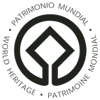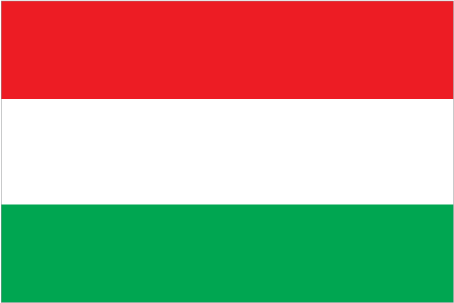 |
UNESCO World Heritage for Hungary |
 |
|---|
UNESCO World Heritage Sites represent some of the best natural, cultural and historic attractions in world travel. Below are details of the 8 cultural, natural and mixed sites inscribed for Hungary to date (a red World Heritage symbol denotes a site currently regarded as endangered). For more details of these properties, click on the links to the UNESCO website and the photographic galleries of these sites from OurPlace (where available). Also, check out UNESCO's Intangible Cultural Heritage for Hungary below.
 | 1987 - Old Village of Hollókö and its Surroundings | Cultural site |
 |
|---|---|---|---|
 | 1987 - Budapest, including the Banks of the Danube, the Buda Castle Quarter and Andrássy Avenue | Cultural site | |
 | 1995 - Caves of Aggtelek Karst and Slovak Karst | Natural site |
 |
 | 1996 - Millenary Benedictine Abbey of Pannonhalma and its Natural Environment | Cultural site | |
 | 1999 - Hortobágy National Park - the Puszta | Cultural site | |
 | 2000 - Early Christian Necropolis of Pécs (Sopianae) | Cultural site | |
 | 2001 - Fertö / Neusiedlersee Cultural Landscape | Cultural site | |
 | 2002 - Tokaj Wine Region Historic Cultural Landscape | Cultural site |
 |

Budapest, including the Banks of the Danube, the Buda Castle Quarter and Andrássy Avenue

Intangible Cultural Heritage
Recently UNESCO has begun to document the world's Intangible Cultural Heritage which includes "traditions or living expressions inherited from our ancestors and passed on to our descendants, such as oral traditions, performing arts, social practices, rituals, festive events, knowledge and practices concerning nature and the universe or the knowledge and skills to produce traditional crafts". The current listings for Hungary are shown below - click on the links for more details.
Representative List of the Intangible Cultural Heritage of Humanity
 | 2009 - Busó festivities at Mohács: masked end-of-winter carnival custom |
|---|---|
 | 2012 - Falconry, a living human heritage |
 | 2012 - Folk art of the Matyó, embroidery of a traditional community |
Programmes, projects and activities for the safeguarding of intangible cultural heritage considered to best reflect the principles and objectives of the Convention
 | 2011 - Táncház method: a Hungarian model for the transmission of intangible cultural heritage |
|---|

